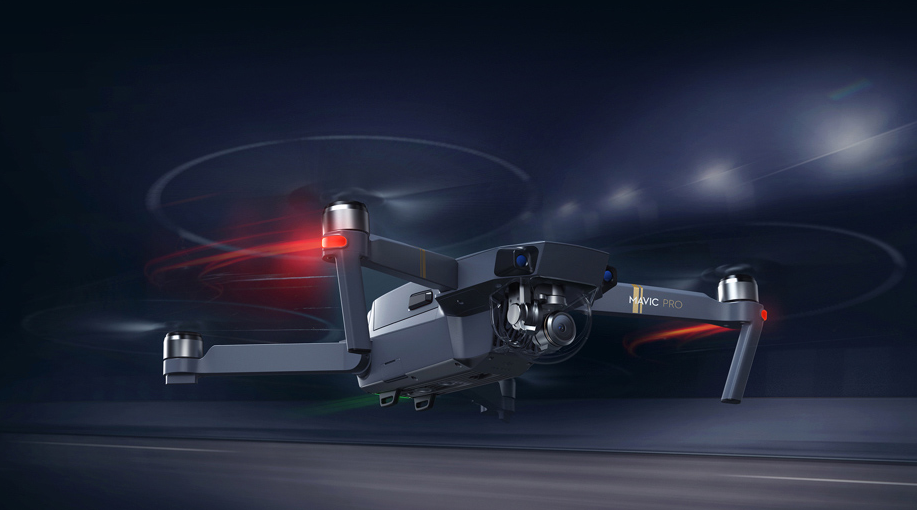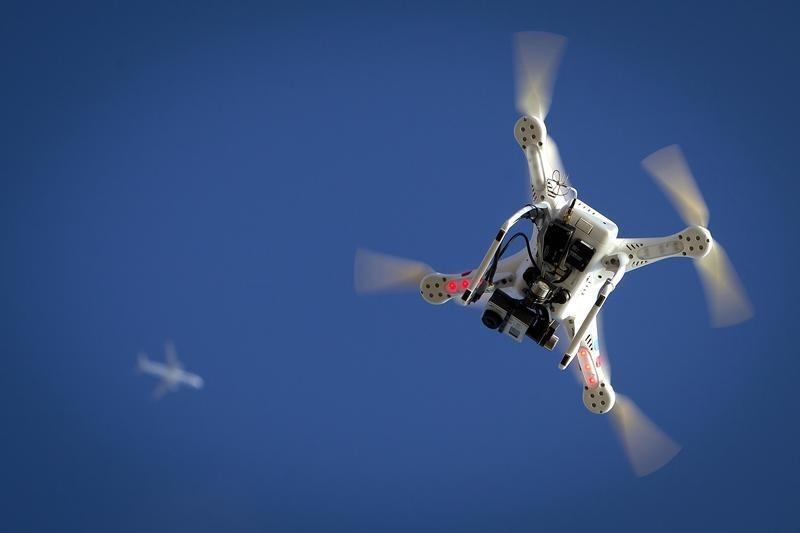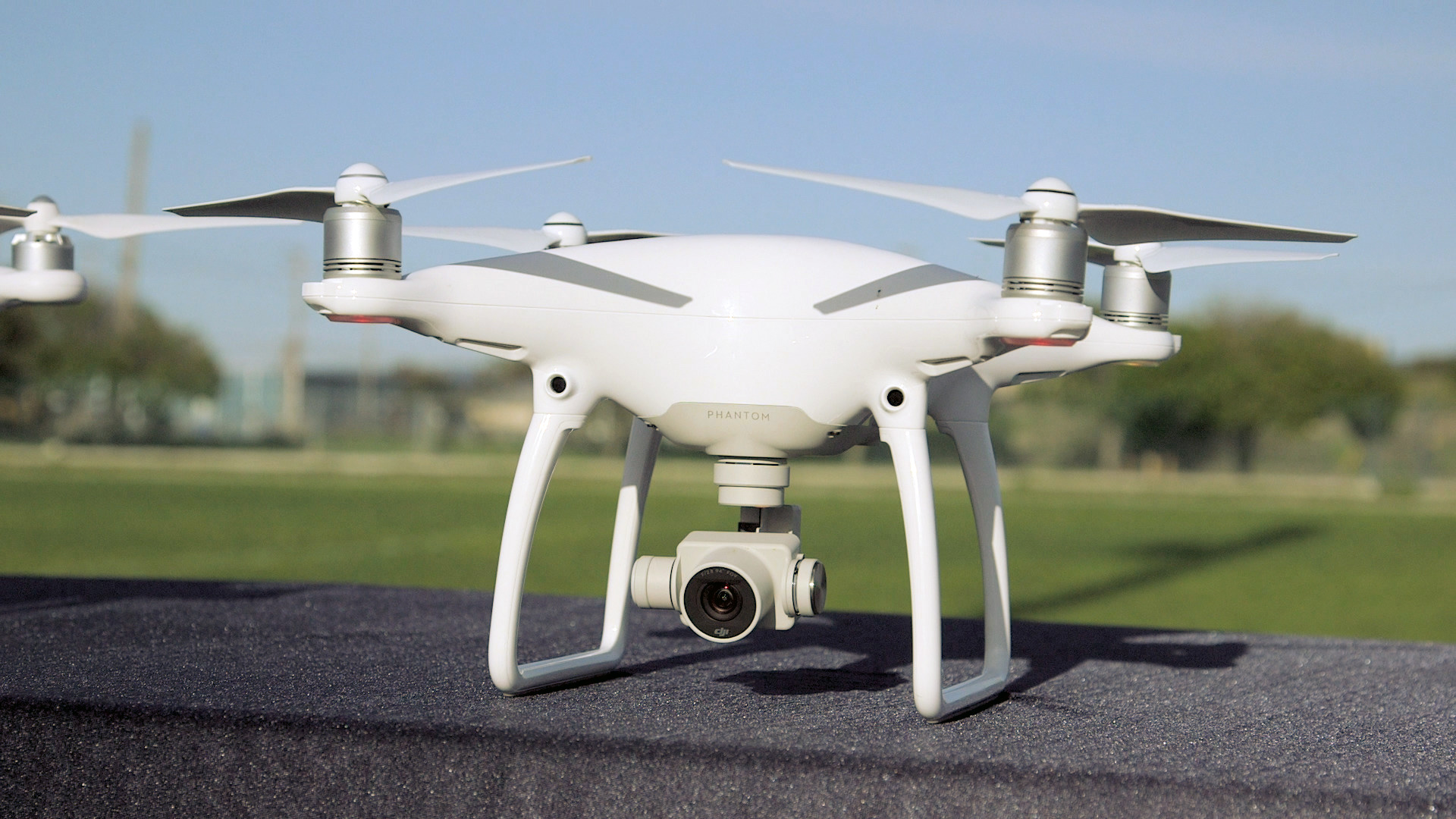Late last year the FAA implemented rules on drone registration, and now its working group of experts has submitted another set of recommendations. This time the focus is on rules for unmanned aircraft flights over people (who aren’t directly involved in the flight of the aircraft), and just as earlier rumors indicated, the group decided that the best way to set regulations is based on the weight of the machine in question. Small drones weighing under 250g (0.55 pounds) could fly over people, depending on their design, while larger drones up to 4 – 5 pounds (the DJI Phantom 4 pictured above weighs 3 pounds) could do the same, depending on their design, if they stay 20 feet overhead or 10 feet away laterally.
Airdog ADII – The Future is Hands-Free
INTRODUCING THE ADII: THE MOST INTELLIGENT, ALL-TERRAIN, FLYING CAMERA THAT FOLLOWS YOU IN ACTION, ANYWHERE
LONG RANGE HIGH PERFORMANCE
Building on the high-performance elements of the original Airdog 1 drone model, the new Airdog ADII sets a new standard by combining advanced, intelligent, tracking technology, with durable design, and the most cutting-edge autonomous, all-terrain, flight performance on the market.
The only drone camera built for hands-free from the ground up, the ADII eliminates the need for manned operation giving the user complete active freedom with perfect content capture.
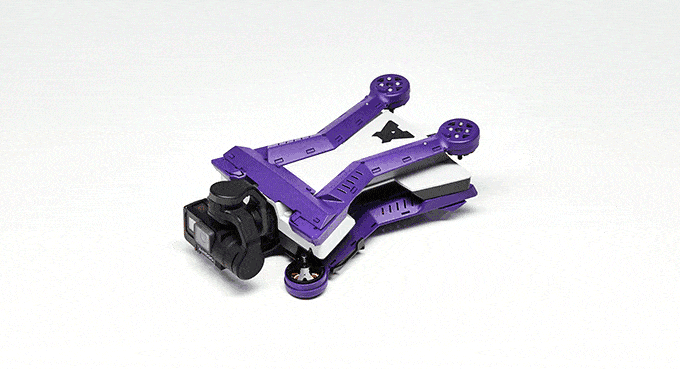
Designed to meet the needs of extreme sport performance, the Airdog’s ADII is the perfect companion for a wide-range of adventure and outdoor recreational sports, including trail running, surfing, backcountry skiing, mountain biking, kiteboarding, windsurfing, wakeboarding, and motocross.
This is about the freedom from the constraints of having to operate flight and the camera manually. Whether you are alone or with friends, now everybody is part of the story. Human-like intelligence brought to self-shot video creation is the mission the Airdog team is on. The new ADII is just one step closer but we’re just getting started.
AirDog Team
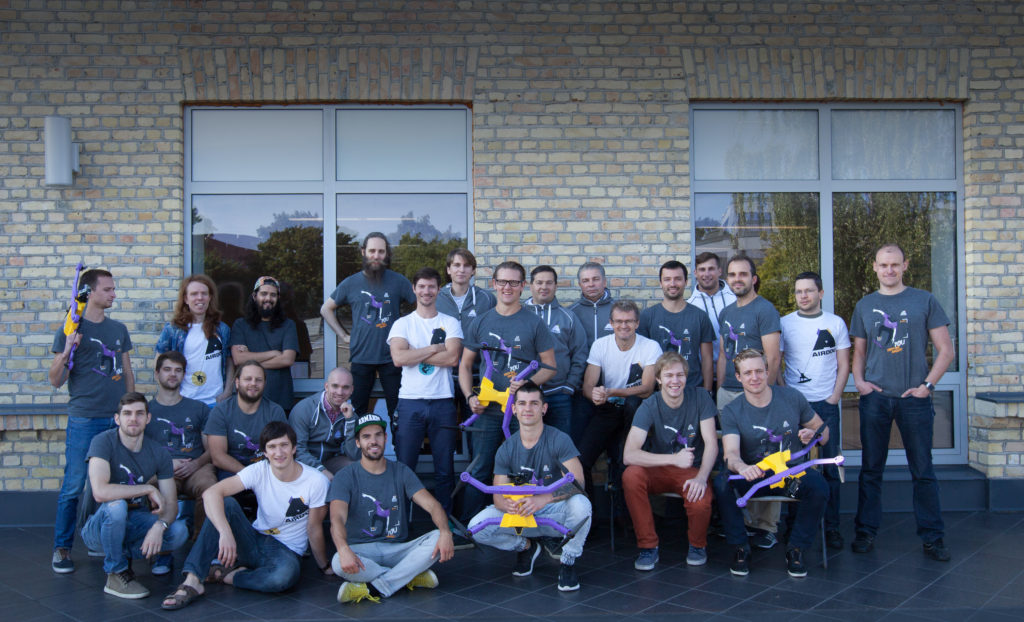
AirDog Drone official page: https://www.airdog.com/
AirDog Drone Kickstarter campaign: https://www.kickstarter.com/projects/airdog/introducing-the-adii-the-future-is-hands-free


